From Plastic Bottles to Wood Pulp: Breaking Down Eco Fabrics and What Your Clothes Are Really Made Of

You're trying to build a more sustainable wardrobe. You check the label – Polyester? Cotton? Rayon? Tencel? The fabric content is right there, but what does it actually mean for the planet?
Navigating the world of textile fibers can feel like learning a new language. With terms like "eco-friendly," "sustainable," and "natural" thrown around, it's tough to discern genuine impact from clever marketing. Yet, the choice of fabric is one of the most significant factors determining a garment's environmental footprint, from resource use and chemical pollution during production to its impact at the end of its life.
Let's break down some common fabrics, understand their journey from raw material to garment, and decode what "sustainable" really looks like in the world of textiles. We'll explore the spectrum, from widely used conventional fibers to innovative, lower-impact alternatives, perhaps best illustrated by the journey from standard Polyester to the more sustainable Tencel.
The Widely Used (And Often Problematic) Players
These fabrics are ubiquitous due to their cost, durability, or traditional use, but their conventional production often comes with significant environmental baggage.
-
Polyester (and Virgin Synthetics like Nylon, Acrylic):
- What it is: A synthetic polymer derived from petroleum – a non-renewable fossil fuel.
- The Impact:
- Resource Intensive: Production relies heavily on oil and energy.
- Non-Biodegradable: It can take hundreds of years (or more) to break down in landfill.
- Microplastic Pollution: Synthetics shed tiny plastic fibers when washed, contributing significantly to microplastic pollution in our waterways and oceans.
- Chemicals: Production involves various chemicals.
- Why it's common: Durable, wrinkle-resistant, relatively inexpensive.
- The Takeaway: Virgin synthetics are generally considered among the least sustainable fabric choices due to their fossil fuel origin and microplastic shedding.
-
Conventional Cotton:
- What it is: A natural fiber from the cotton plant. Sounds good, right?
- The Impact (Conventionally Grown):
- Thirsty Crop: Requires vast amounts of water, often in drought-prone regions.
- Pesticide/Herbicide Heavy: Conventional cotton farming uses a significant percentage of the world's insecticides and pesticides, harming soil health, water systems, biodiversity, and farmer health.
- Land Degradation: Can deplete soil nutrients if not managed sustainably.
- Processing Chemicals: Turning raw cotton into fabric often involves harsh chemicals, dyes, and finishes.
- Why it's common: Soft, breathable, versatile, durable.
- The Takeaway: While natural, conventional cotton's environmental toll is high. Look for better alternatives.
-
Conventional Viscose / Rayon (and some Modals):
- What it is: A regenerated cellulose fiber, often made from wood pulp (like bamboo, eucalyptus, or beech). It's derived from a natural source, but the fiber itself is created through a chemical process.
- The Impact (Conventionally Produced):
- Chemical Intensive: The process uses hazardous chemicals (like carbon disulfide) that can be harmful to workers and the environment if not managed responsibly.
- Water Pollution: Wastewater from production can heavily pollute local water bodies.
- Deforestation Risk: Unsustainably sourced wood pulp can contribute to the destruction of ancient and endangered forests.
- Why it's common: Drapes well, feels soft like silk or cotton, relatively inexpensive.
- The Takeaway: The process is the problem here. Conventional viscose can be highly polluting.
Stepping Towards Sustainability: Better Alternatives & Processes
These fabrics represent significant improvements over their conventional counterparts, often addressing key environmental pain points.
-
Recycled Polyester (rPET) & Recycled Nylon:
- What it is: Made from existing plastic waste, primarily plastic bottles (rPET) or discarded fishing nets and carpets (recycled nylon).
- The Impact:
- Waste Diversion: Gives plastic waste a new life, keeping it out of landfills and oceans.
- Reduced Energy: Requires significantly less energy to produce than virgin polyester (estimates vary, but often cited as 30-50% less).
- Less Reliance on Virgin Resources: Reduces the need for petroleum extraction.
- Still a Consideration: Like virgin synthetics, they still shed microplastics when washed and are not biodegradable.
- The Takeaway: A much better choice than virgin polyester or nylon, addressing waste and resource use, but the microplastic issue remains. Look for certified recycled content (like GRS - Global Recycled Standard).
-
Organic Cotton:
- What it is: Cotton grown without synthetic pesticides, herbicides, insecticides, or GMOs, and often uses less water (especially rain-fed organic cotton).
- The Impact:
- Improved Soil Health: Organic farming practices build healthier soil.
- Reduced Pollution: Eliminates harmful chemical runoff into waterways.
- Safer for Farmers & Ecosystems: Protects workers and local biodiversity.
- Less Water/Energy: Typically uses less water and energy compared to conventional.
- Look for: Certifications like GOTS (Global Organic Textile Standard), which also ensure responsible processing.
- The Takeaway: A significantly more sustainable version of a common fiber, addressing many of the key issues of conventional cotton.
-
Lyocell (Most notably Tencel™ Lyocell):
- What it is: A regenerated cellulose fiber made from wood pulp (often from sustainably managed forests, like eucalyptus, beech, or spruce). The key difference from conventional viscose is the production process.
- The Impact:
- Closed-Loop Process: Uses a non-toxic solvent (amine oxide) that is recycled and reused in a closed-loop system, meaning minimal waste and chemical exposure.
- Sustainable Sourcing: Often made from wood pulp certified by standards like FSC or PEFC, ensuring forests are managed responsibly.
- Lower Water & Energy Use: Compared to conventional viscose and cotton.
- Biodegradable: Breaks down naturally at the end of its life.
- Look for: The Tencel™ brand name (owned by Lenzing), which is the most widely recognized and verified sustainable Lyocell.
- The Takeaway: Considered one of the most environmentally friendly regenerated fibers available today, scoring high on resource use, chemical management, and biodegradability. This is a prime example of a genuinely "eco-fabric" derived from a natural source but manufactured responsibly.
Other Notable Sustainable Fibers
- Linen & Hemp: Natural, durable fibers from flax and hemp plants. They require minimal water, pesticides, and often enrich the soil. Biodegradable. Excellent sustainable choices.
- Responsible Wool: Natural, renewable, and biodegradable. Look for certifications like ZQ Merino or NATIVA™ that ensure animal welfare, responsible land management, and traceability. Conventional wool production can have significant land and methane impacts.
- Ahimsa / Peace Silk: Produced allowing the silkworm moth to emerge from the cocoon before the silk is harvested. More ethical than conventional silk, though processing can still involve chemicals. Biodegradable.
Beyond the Fabric: The Whole Sustainable Picture
While the fiber type is a huge piece of the puzzle, true textile sustainability also considers:
- How the fabric was dyed and finished: Were non-toxic, low-impact dyes used? How was wastewater treated? (Look for Oeko-Tex or Bluesign certifications).
- The manufacturing process: How much energy and water was used in spinning, weaving, and cutting? Were workers paid fairly and provided safe conditions? (Look for Fair Trade or SA8000 certifications).
- Durability: How long will the garment last? A highly sustainable fiber in a poorly made garment isn't truly sustainable.
- Care: How much energy and water is needed to wash and dry the garment throughout its life? (Check care labels!).
Making Informed Choices: Your Power as a Consumer
Understanding fabric labels empowers you to make better choices. You don't need to be a textile expert, but knowing the basic impact of common fibers allows you to look for better options:
- Prioritize Certifications: They are independent verification of sustainable practices.
- Look for Recycled, Organic, and Low-Impact Regenerated Fibers: rPET, Organic Cotton, Lyocell (Tencel™), Linen, Hemp are great starting points.
- Be Wary of Vague Terms: "Eco-friendly" on a label without specifics is often meaningless.
- Consider the Garment's Lifespan: Will it last? Can you care for it easily?
- Don't Seek Perfection: Striving for "better" is achievable and impactful. Choosing one organic cotton tee over a conventional one, or a Tencel dress over a polyester one, makes a difference.
Your clothing choices are a powerful way to influence the fashion industry. By demanding transparency and supporting brands that prioritize genuinely sustainable fabrics and ethical production, you help shape a future where fashion is beautiful, durable, and kind to the planet and its people. So next time you check that label, you'll have a little more insight into the story it tells.
Related Blogs
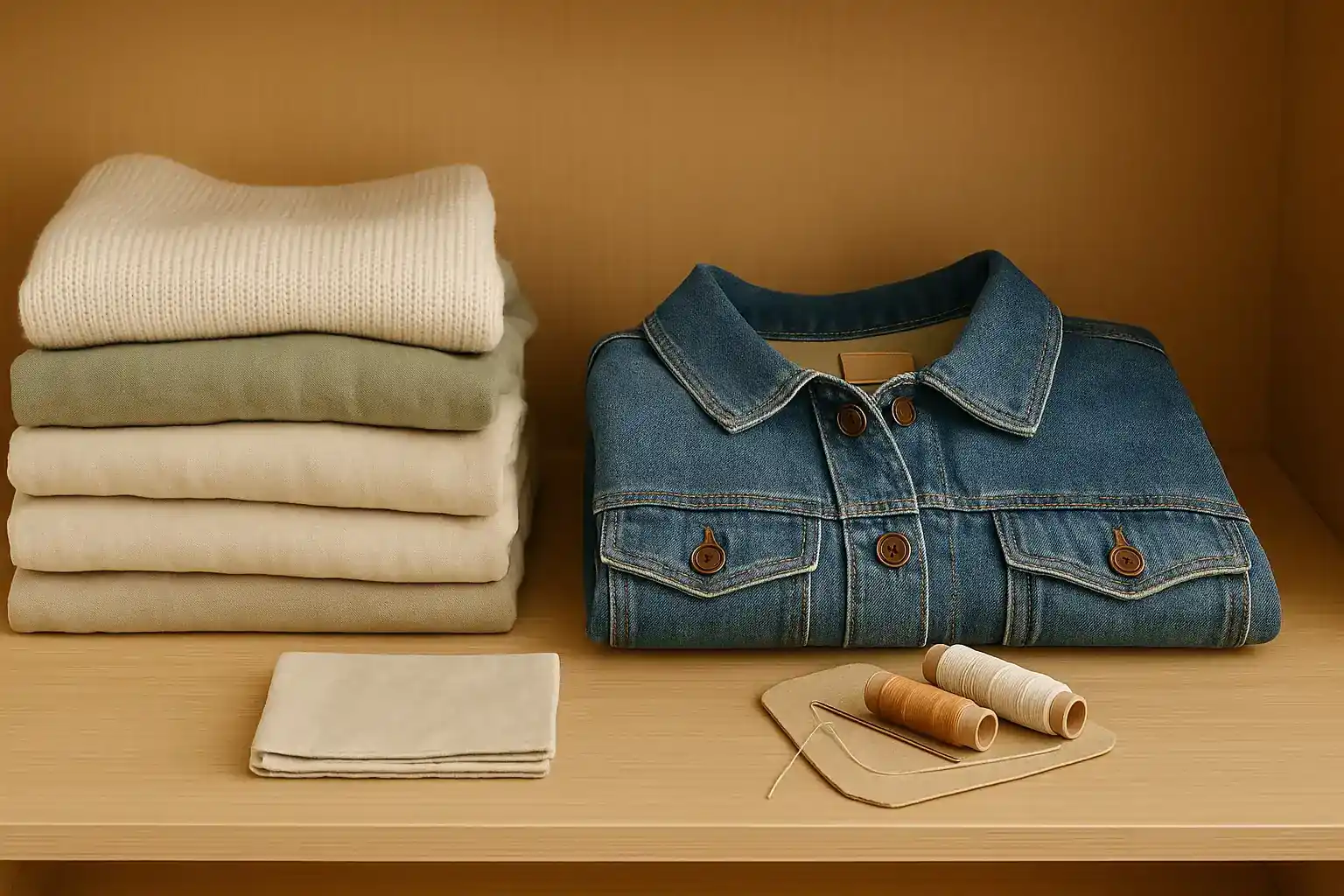
10 Transformative Wardrobe Swaps for a Lighter Environmental Fashion Footprint
Learn how to reduce your fashion footprint with impactful wardrobe swaps.
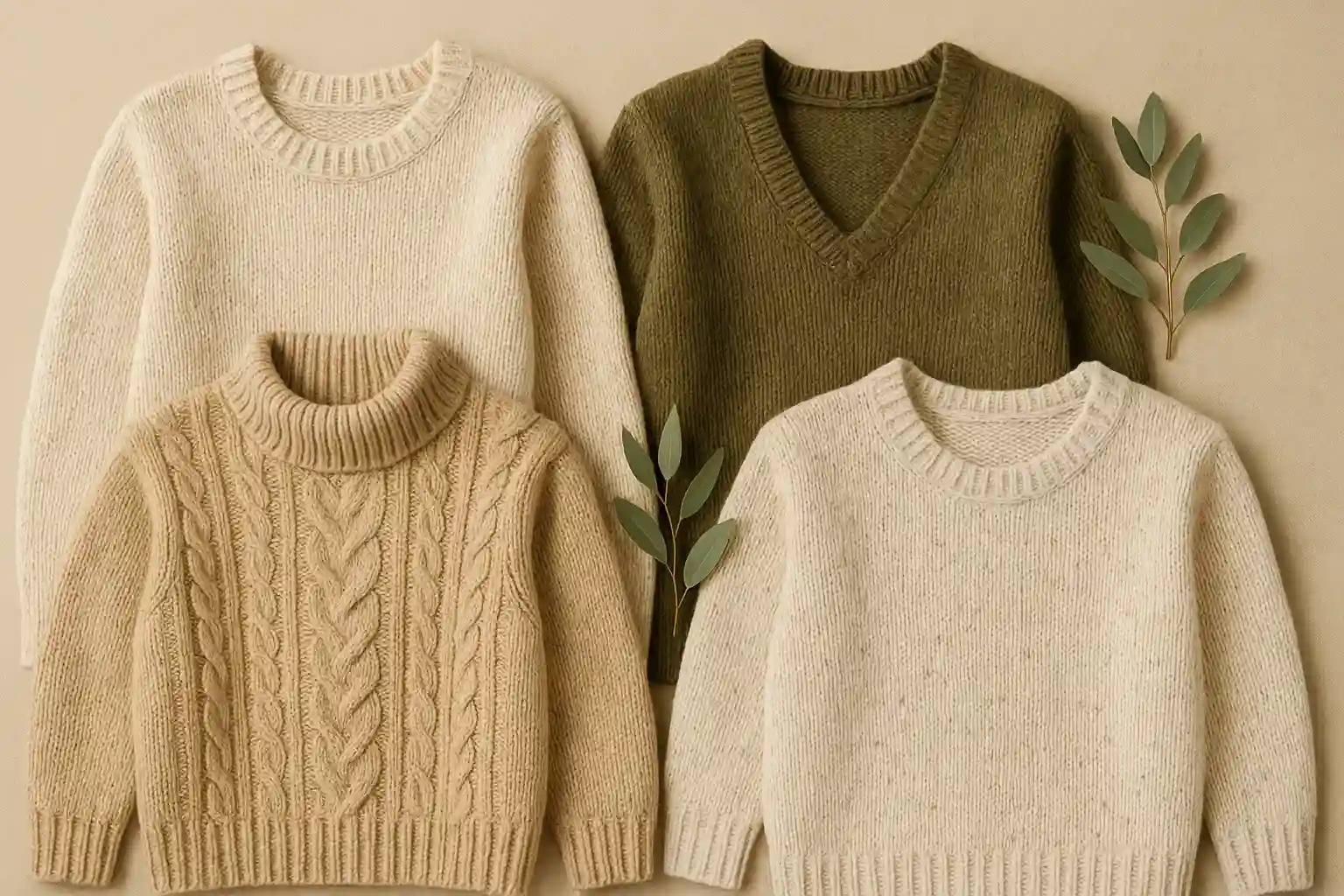
Wrap Yourself in Responsibility: Choosing Sustainable Alternatives to Acrylic Sweaters
Upgrade to durable and breathable wool (certified farms), alpaca, or Tencel-blend knits.
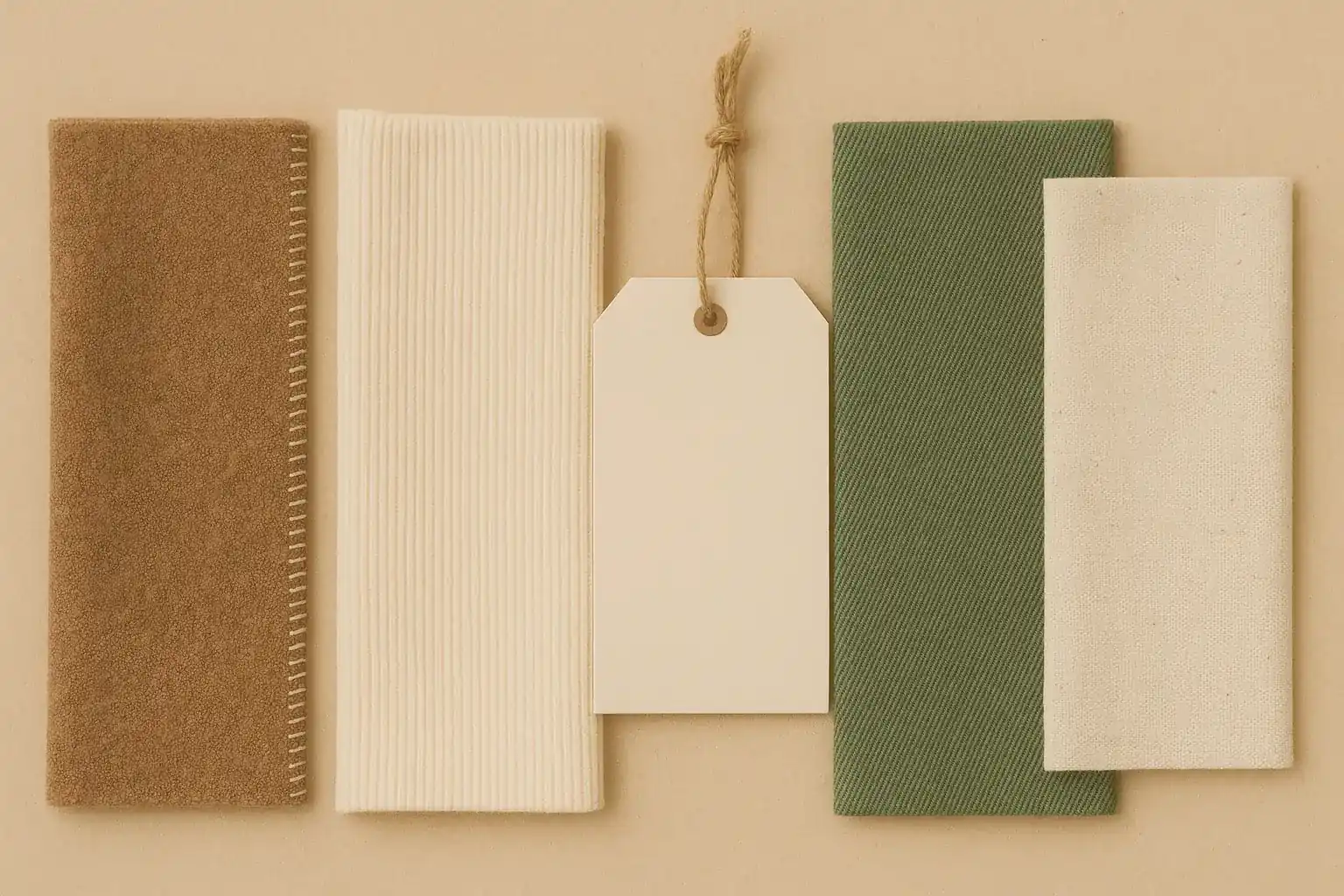
Decoding Fabric Labels: What's Really Sustainable?
Insights on decoding fabric labels in a sustainable way.
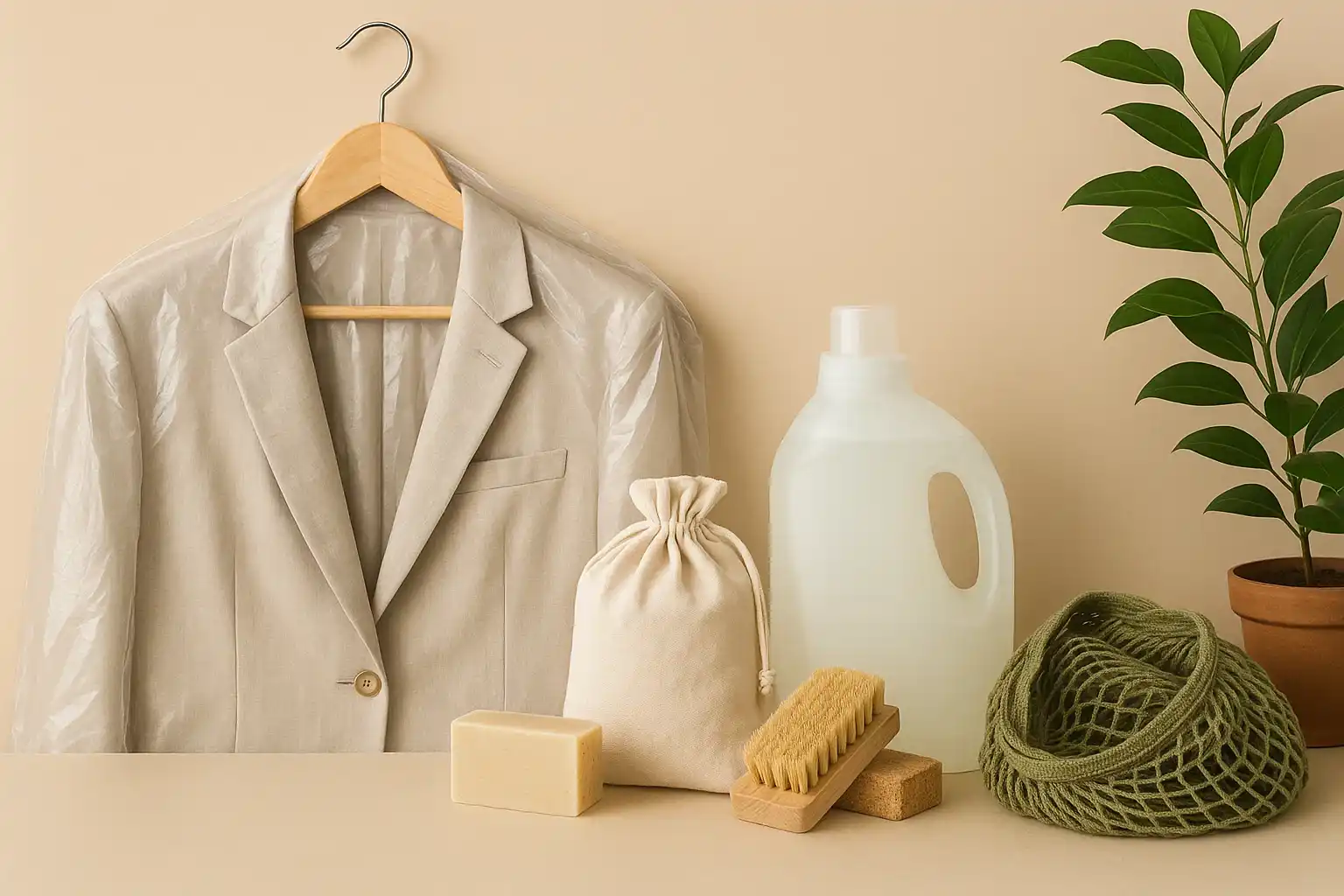
Outsmarting the Dry Cleaner: Choosing Machine Washable Naturals for a Toxin-Free Wardrobe
Avoid toxic PERC solvents by opting for machine washable organic cotton and linen clothing.
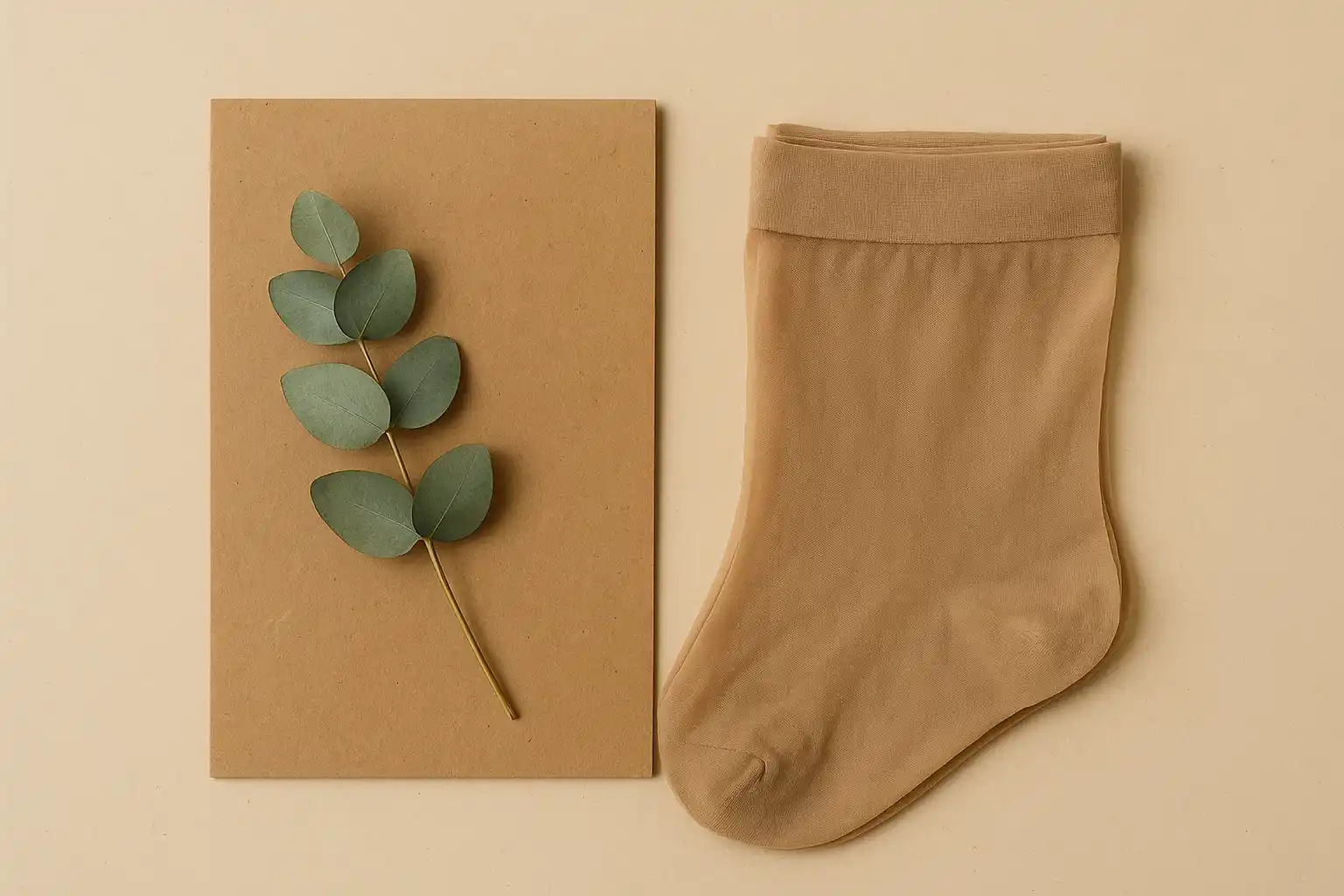
Step Lightly: Choosing Sustainable Alternatives to Nylon Stockings
Opt for recycled nylon, biodegradable, or ladder-resistant hosiery for longer wear and less waste.

Fastening the Future: Choosing Sustainable Alternatives to Plastic Buttons
Opt for biodegradable coconut shell, corozo, or wood buttons for eco-conscious clothing.
Stay in the Loop
Get tips and insights tailored to your interests — no spam, just sustainability.